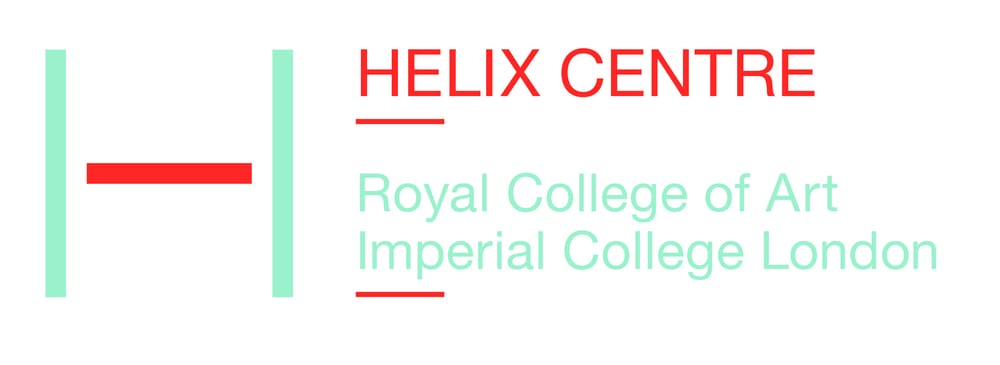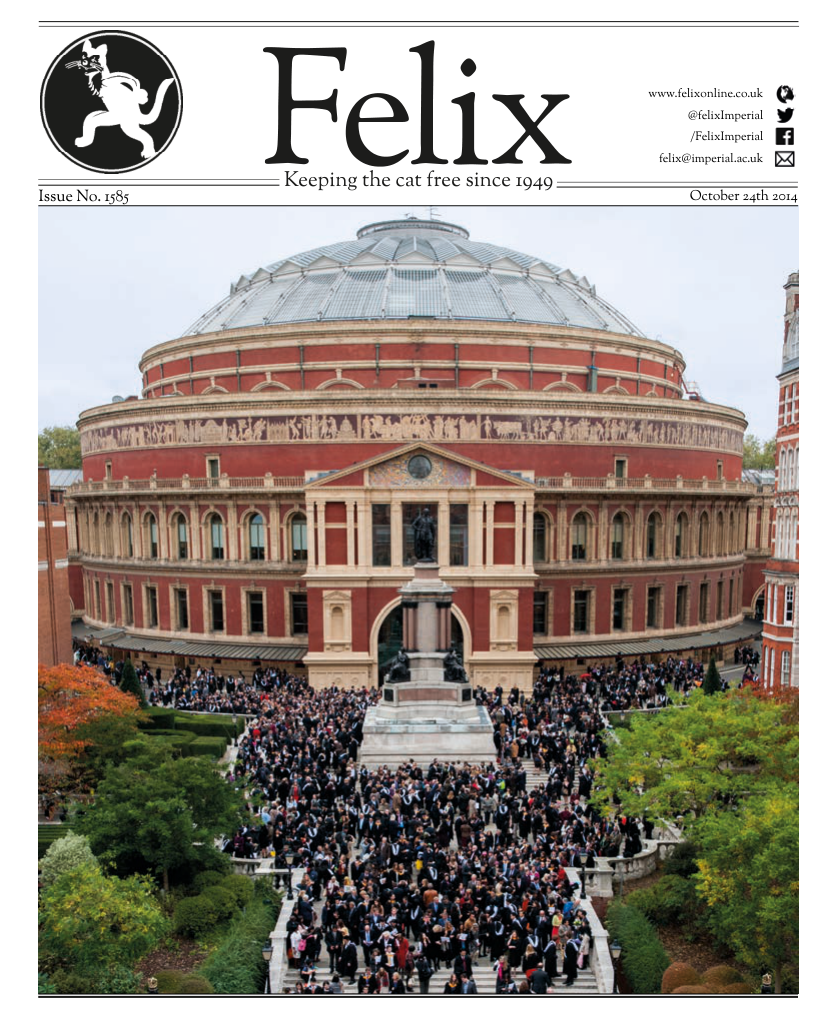Helix: A Marriage of Design and Health
Kamil McClelland speaks to Maja Kecman, a specialist in medical design at the HELIX Centre

This week, I had the opportunity to visit The HELIX Centre for Design in Healthcare, part of Imperial’s Institute of Global Health Innovation. Based at St. Mary's Hospital in Paddington, the centre aims to provide solutions in healthcare through intelligent and low cost design. Formed less than a year ago as a collaboration between the Royal College of Art and Imperial College, London; I was really enthusiastic about this, both as a medic and someone interested in clever and elegant design. It promised to be an exciting integration of fields not often thought of together. I sat down with Maja Kecman, a specialist in healthcare design working at HELIX, to see if the hype was justified:
Kamil: So can you tell me a little bit about what you do at HELIX?
Maja: HELIX stands for Healthcare Innovation Exchange so it is all about the sharing of ideas and know-how between doctors, researchers and designers to create products that have a real impact on healthcare and disease management. We’re really privileged to be based here in St. Mary’s Hospital because we can very easily test our prototypes in a clinical setting and see what could be improved. Also, being at the top trauma centre in London means that we have access to expertise that wouldn’t be available elsewhere. It’s a great place to be!
We have access to expertise that wouldn't be available anywhere else
K: And so, how is an idea usually thought of? Are you approached by people working in the healthcare environment or do you yourselves spend time on the wards or in clinics looking for things that could be improved on?
M: It’s a bit of a mixture of both. Because we’re quite young as a centre, we have only quite recently started offering consultations to outside people. Otherwise, it’s mostly either spending time in healthcare environments or just looking at disease statistics to see what the big problems are and working from there. For example, back in 2009 as part of the RCA’s Helen Hamlyn Centre for Design, my colleague Gianpaolo Fusari spent time with paramedics to look into problems with the current design of ambulances. This helped him learn about issues such as the poor layout of storage spaces and the difficulty cleaning the back of the vehicle and led to an award-winning redesign of UK ambulances. Another example is our Asthma Project where I started with the statistics that 75% of asthma hospital admissions and 90%of deaths are preventable. As you can see, these are pretty shocking numbers so I did some research into that and came up with a simple app for children to help with compliance and monitoring of the disease.
K: Could you tell me a bit more about this asthma app?
M: So I started out with this statistic and then basically needed to search for a cause. After spending time in an asthma clinic at Royal Brompton Hospital and talking to some specialists in asthma, it seemed like a major factor in these statistics is the incorrect use of the inhaler. Of course, this could have meant redesigning the inhaler but that would have meant having to change too much. So instead, we came up with an app that would help kids measure lung function as well as monitoring the management of their condition over time. It’s simple, cheap and easy to use and preliminary studies in patients seem to suggest it is effective and quite popular.
K: Is making cheap ideas quite central to HELIX's practice then?
M: Absolutely! Frugality is one our central principles. It makes our ideas more easily implementable and realistic so they don’t just stay as research but actually become a product. Also, from more of a global health perspective, it means that we can roll it out to developing countries who would otherwise not be able to afford it. So going back to this app, we are hoping to expand it to India, with the help of one of our international collaborators there. This will mean testing it on 200 children and really seeing whether it can effectively be rolled out on a wide scale and in settings and cultures different to the UK.
K: Have you done any other international work in settings outside the NHS?
M:Not yet, but it’s certainly an area that we want to expand in the future. At the moment, we’ve just been working inside the British system because this is where we are based and what we know. But, by making our designs cheap, simple and scalable, we hope this will make them more feasible business models that can be expanded abroad more easily. And I think that is what sets us apart from other research centres looking at healthcare design: we want to, at the end of the day, create an actual marketable product as opposed to just a research project that never goes beyond the early stages.
This means we think a lot about how to make our ideas implementable and we also work closely with business people to advance our designs into viable creations.
It’s probably best to think of us as a collection of healthcare design startups with the unique benefit of being closely linked to a hospital.
Most people at the RCA actually have a background in engineering
K: And how has it been working on healthcare design as someone who trained at RCA? Does it have some unique challenges that you weren't expecting?
M: First of all, a common misconception about the RCA is that it is all fine art. Around 80% is design and in fact everyone here has some kind of background in engineering or industrial design. In terms of working in healthcare, I’ve been working in the field for the past ten years but it certainly does have its own problems. There’s a lot of bureaucracy and regulation and this makes progress difficult. Being embedded in the hospital does help on this front as this streamlines the process somewhat. This is one of the reasons we don’t deal with surgical instruments.
Another problem with hospitals is that, because of their organisation, it’s really difficult to bring in widespread change. They aren’t like a supermarket chain where each individual shop has the same format so changes can very easily be implemented across the board. A hospital’s more like a collection of little corner shops, each one slightly different, each with a different managerial structure that needs to be approached separately. This is what wards are like let alone hospitals, trusts and the NHS as a whole so you can imagine some of the problems faced when trying to bring change.
K: Finally, I wanted to ask you a little bit about the future and what you think it holds for HELIX. You talked briefly about wanting a greater international focus to HELIX, are there any other plans you have for the centre?
M: That’s definitely a key part of what we want to be doing as we go forward. If you look at the Mayo Clinic's Center for Innovation in the US, they do a similar thing to us but mostly focus on creating designs for their own clinic so I feel being part of IGHI with its global perspective means we are doing something new. When I visited there five years ago, they were as small as we are currently but now employ around 30 designers. So I’m optimistic for the future! Also, as we roll out our products and earn some money, we’re hoping to become more financially self-sufficient so we don’t have to rely on outside funding. I think this will be a key step for us and hopefully help drive even more design innovation. So it’s an exciting time at the moment in the centre with a lot of change ahead!









